The products are sold at home and abroad in the National Musical Instrument Industrial Park, Raoyang County, Hengshui City, Hebei Province

Merchants are choosing national musical instruments.
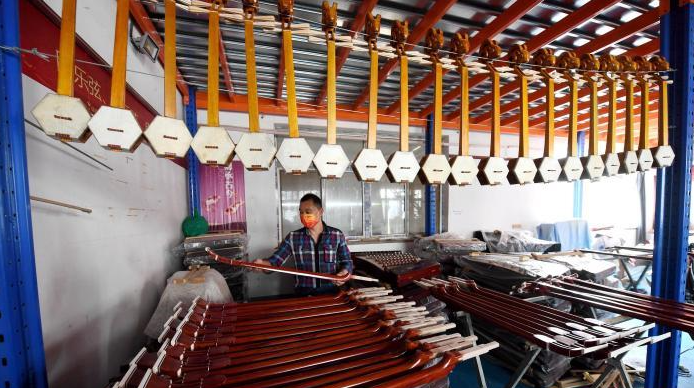
Workers lay the shamisen poles.

Workers tune the dulcimer.
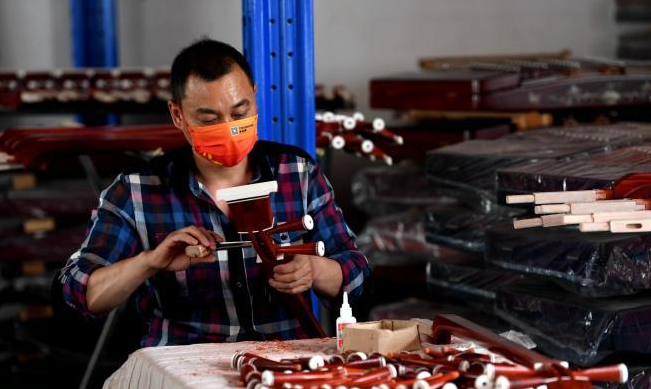
Workers twist the shaft for the shamisen bar.
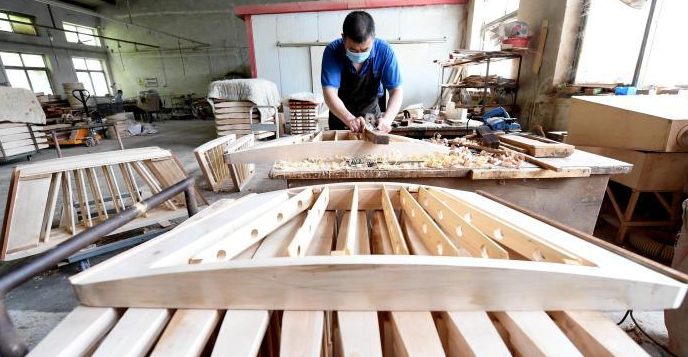
Workers make dulcimer tunes.
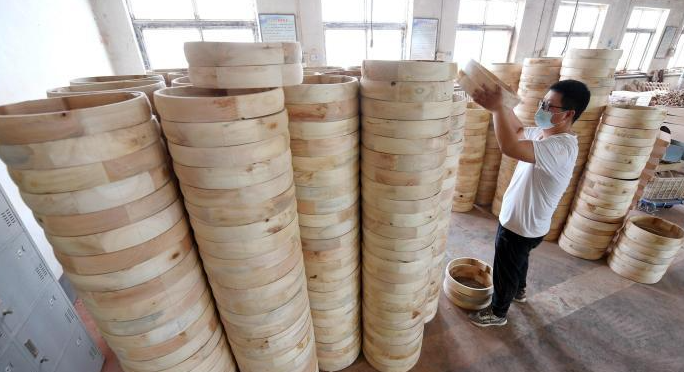
The workers put on the Chinese Ruan accent.
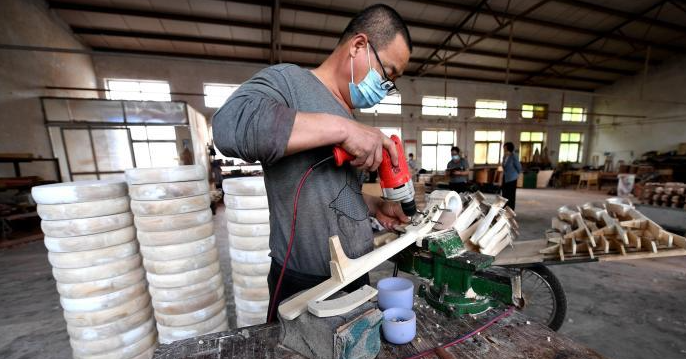
Workers install copper shafts for Zhongruan qin rods.
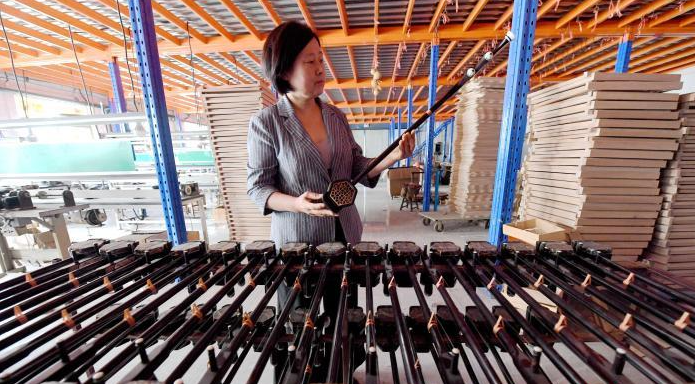
Workers inspect the finished erhu.

Workers polish Zhongruan semi-finished products.
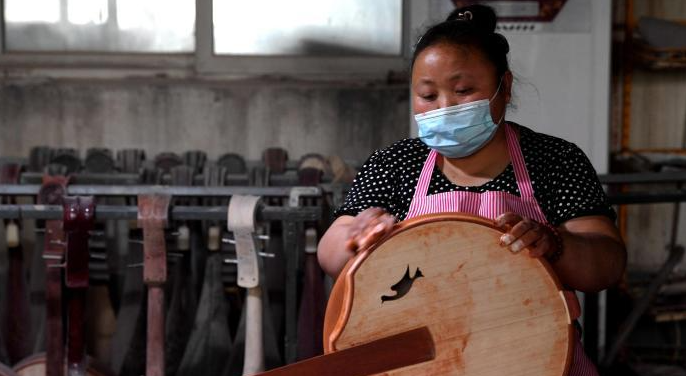
Workers polish Zhongruan semi-finished products.
On May 6, I walked into the workshop of a musical instrument manufacturing company in the Raoyang County National Musical Instrument Industrial Park, Hengshui City, Hebei Province. The craftsmen were busy processing, polishing and assembling musical instruments such as pipa, dulcimer, and Ruan.
Raoyang national musical instruments are mainly made by hand, from material selection, drying, embryonics, molding, painting, tuning to tuning and leaving the factory. Every process and every test strictly follows the traditional craftsmanship, supplemented by With unique technological innovation.
Raoyang national musical instrument production began in the early 1980s. At present, it has nearly 100 national musical instrument manufacturing enterprises, with an annual output of more than 200,000 pieces of various musical instruments, with an output value of more than 500 million yuan, and more than 3,000 employees. Folk music products involve more than 300 varieties in three series of plucking, string pulling and percussion, and are exported to North America, Western Europe, Southeast Asia and other countries and regions. The output accounts for 70% of the domestic production. It is the largest production base of ethnic musical instruments in northern China. It is named "Hometown of Chinese National Musical Instruments" by the China Music Association.
 渝公网安备 50010702504639号
渝公网安备 50010702504639号